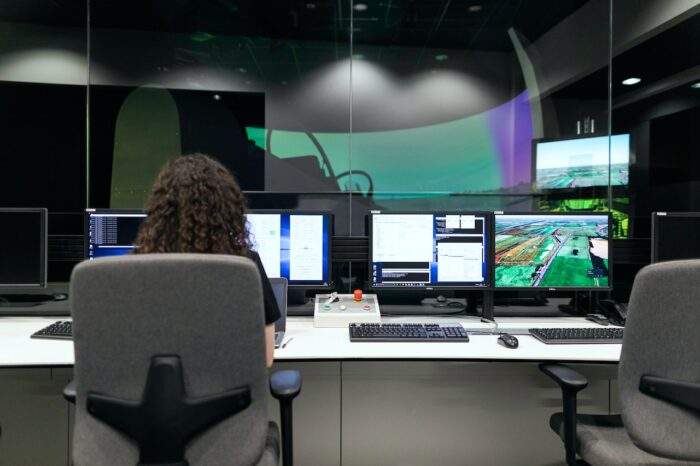5 Key Steps to Implementing an Effective Smoke Testing Pipeline

Smoke tests are a critical step in the software development process. By establishing a reporting process, monitoring test results over time, and effectively communicating with stakeholders, you can ensure that smoke tests provide valuable insights into your application’s stability.
The smoke testing process is executed before a build goes to QA and can catch serious system issues that could otherwise derail functional testing. This allows the QA team to work on troubleshooting and root cause analysis much earlier.
Establish a Test Plan
Whether using manual or automated testing, you must establish a test plan. This is an essential step because it identifies the key resources (both human and technical) that are required for your project, along with any anticipated risks you may face.
Focusing on your software’s most essential user paths for smoke tests is important. For example, if you’re an e-commerce website, smoke tests should cover common tasks such as searching, adding items to a cart, checking out, and placing orders.
This allows you to ensure these core functions work correctly before moving on to more detailed regression or functional testing. It also helps save time and resources because it’s a faster and cheaper way to identify errors before they impact users.
Create Test Cases
Creating a test case involves creating scripts that assess whether the basic functions of your software are working. This could be as simple as logging in to your software and running a script that validates login credentials. If the smoke tests fail, this means that there is a problem with the code that needs to be addressed.
Smoke testing allows you to get immediate feedback on your build, which helps you be more nimble and confident when pushing new code. It can also reduce the time it takes to discover an issue that has been introduced, which means you can resolve the problem sooner.
Several factors can impact the effectiveness of your smoke test, including how broad your scope is and how you run it. For example, ensuring that your smoke test covers every system module, not just one specific instance of each function, is important.
Run the Tests
Smoke tests are a great sanity check for the first build of a new release. They are designed to test key functionalities and catch major errors before they are pushed into production.
Talk to your product owner and data analyst about the most critical user flows to determine what test cases to include in your smoke testing. These test cases should combine functional end-to-end, unit, integration, and API tests.
Smoke testing is performed before any large regression or acceptance test series and can be done manually or automatically. It is important to run the tests multiple times and track the results. If a test fails, it is important to figure out what caused the failure and take corrective action.
Monitor the Results
The smoke testing process is designed to evaluate the basic functionality of a new software build quickly. This ensures that QA teams can proceed with more detailed regression and functional tests.
A good test plan should include manual and automated smoke tests. This helps to reduce overall testing costs and allows for more flexibility during the testing process.
Monitoring and communicating the results is important to get the most out of your smoke testing process. This is especially true for automation testing. For example, if a test fails frequently, it should be flagged so developers can correct the issue before it affects users. This will help to speed up the development cycle and deliver a quality product for your customers.
Communicate the Results
Smoke testing provides a quick, high-level assessment of the stability of a new software build. This ensures that critical functionalities work and allows further testing to begin. Collaborating with stakeholders during smoke test planning is important to create comprehensive, effective tests that reflect the most common user workflows and interactions with the application.
Smoke tests should be automated using a CI/CD tool and run regularly after each build. They should also be monitored to identify failures and ensure they are being addressed.
To determine which functions to include in your smoke tests, talk with product owners to understand the top-performing workflows and features, and talk to data analysts to identify the most common data flow. These will serve as your key smoke test scenarios.





